Daguerre Monument
Go take a picture with the inventor of the daguerreotype photographic process.
There are many photo opportunities in Washington, D.C. today, but perhaps none as fitting as the memorial to Louis-Jacques-Mandé Daguerre, inventor of the first viable photographic process, the daguerrotype.
The process of reproducing images by light exposure was first invented by a man named Nicéphore Niépce in 1822. In 1829 Niépce partnered with Louis-Jacques-Mandé Daguerre who refined the process significantly and who lent his name to the new process after Niepce’s death in 1833.
The daguerreotype process, unlike its predecessors, required only minutes of light exposure to create a usable image that was then refined with various chemicals. The improvement was so significant that the French Academy of Science announced it to the world and offered fully documented details of how to use the process, kind of like a 19th century open source publication. In exchange for the intellectual property, the French government made annual payments to Daguerre and to Niépce’s heirs.
In 1890, the Professional Photographers of America donated a monument to Daguerre to be placed at the Arts and Industries building in Washington, D.C. The bronze and marble monument was designed by American sculptor Jonathon Scott Harley and depicts Daguerre’s head resting beneath a large world globe and being draped in garland by a female figure of “Fame.” The inscription mentions not only Daguerre’s contribution to photography, but also to the steam engine and electric telegraph.
The monument was moved to its current location outside the National Portrait Gallery and rededicated in 1989.
Know Before You Go
The monument is across the street from the Verizon Center. Easiest access is from the Gallery Place / Chinatown Metro (Red, Yellow, and Green lines).
Community Contributors
Added by
Edited by
Plan Your Trip
The Atlas Obscura Podcast is Back!




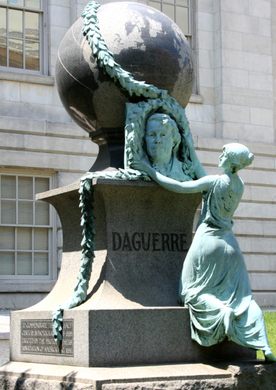
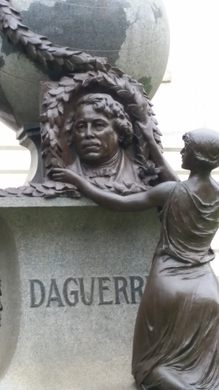
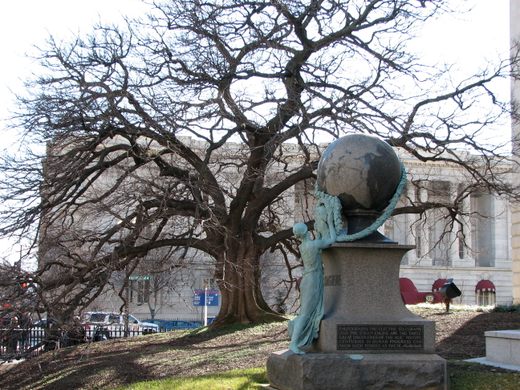



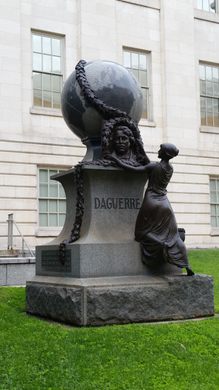

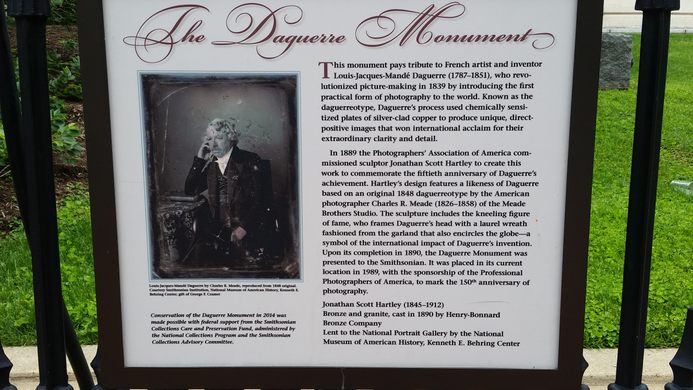
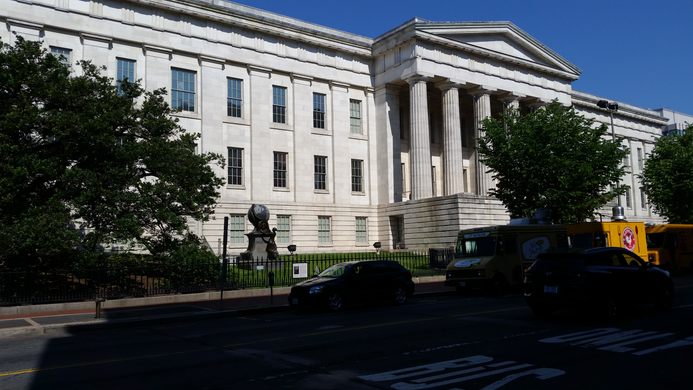


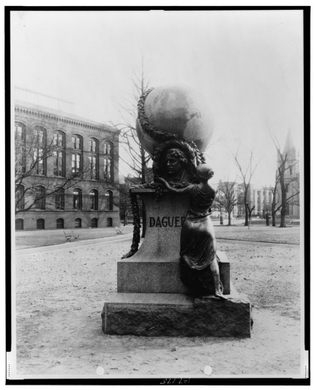



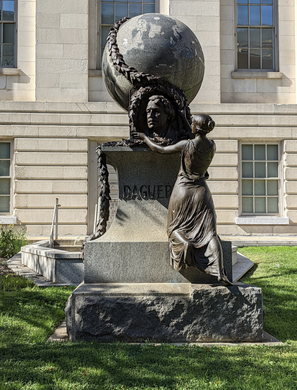
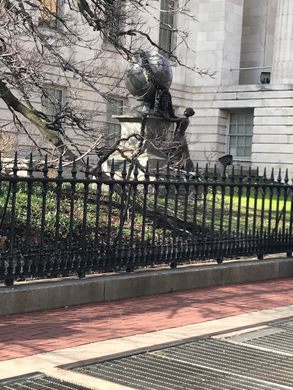
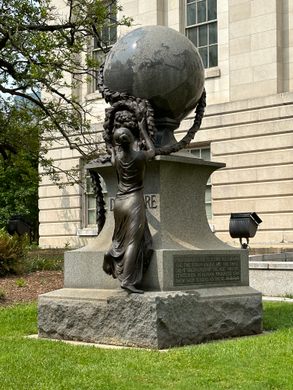
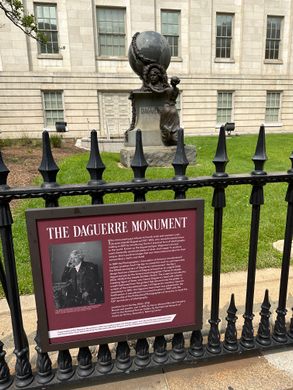
















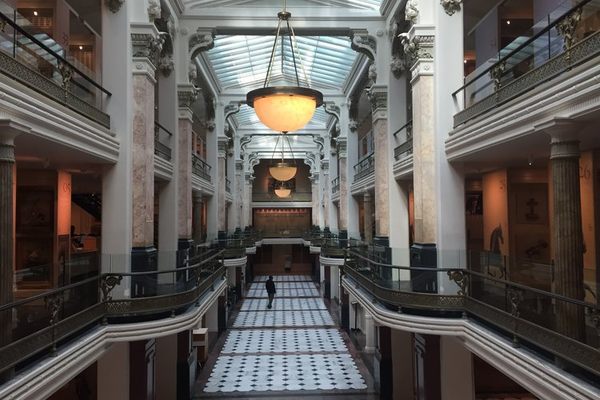


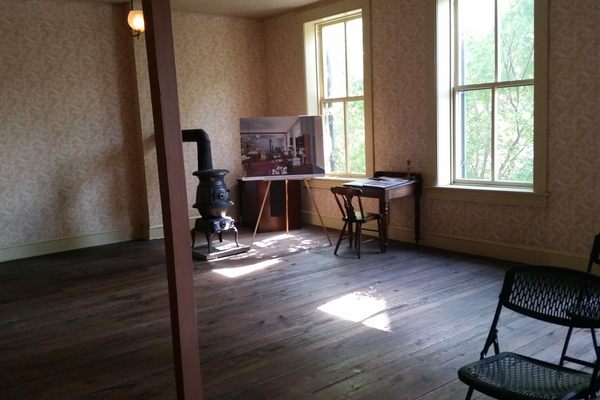
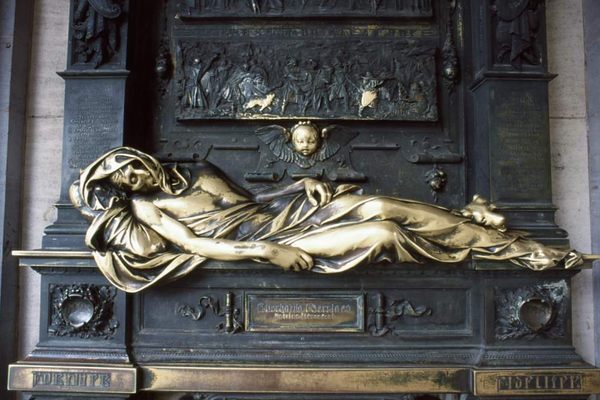
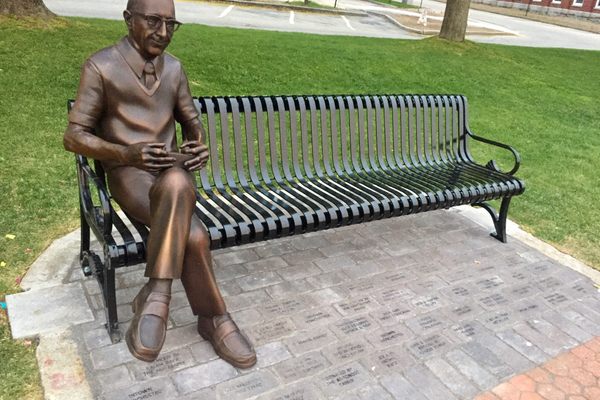
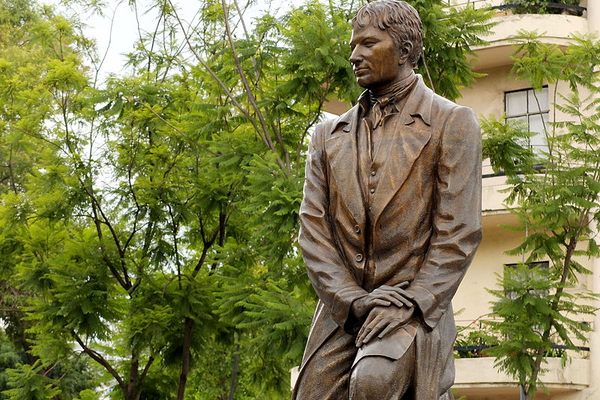
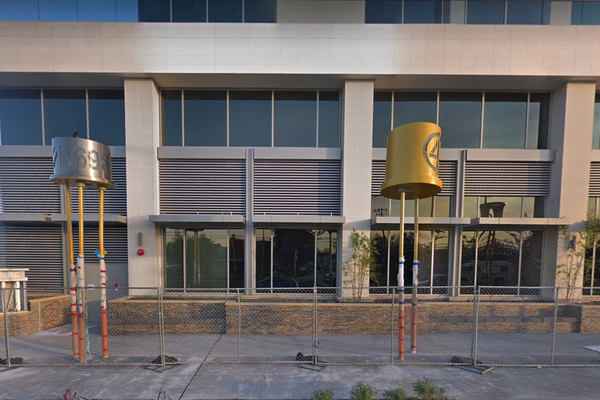

Follow us on Twitter to get the latest on the world's hidden wonders.
Like us on Facebook to get the latest on the world's hidden wonders.
Follow us on Twitter Like us on Facebook